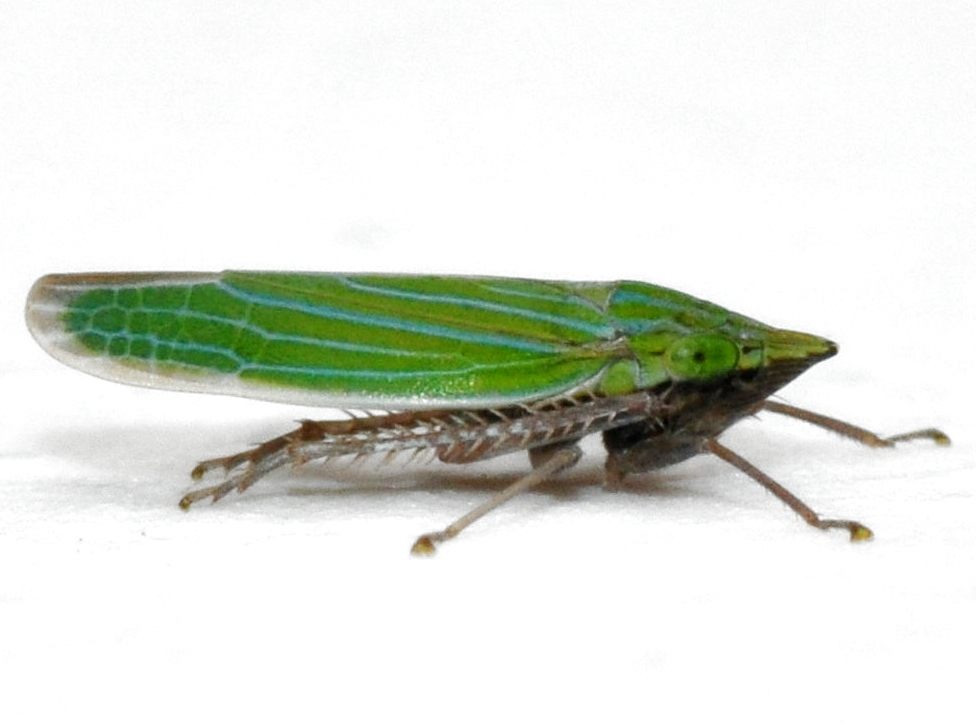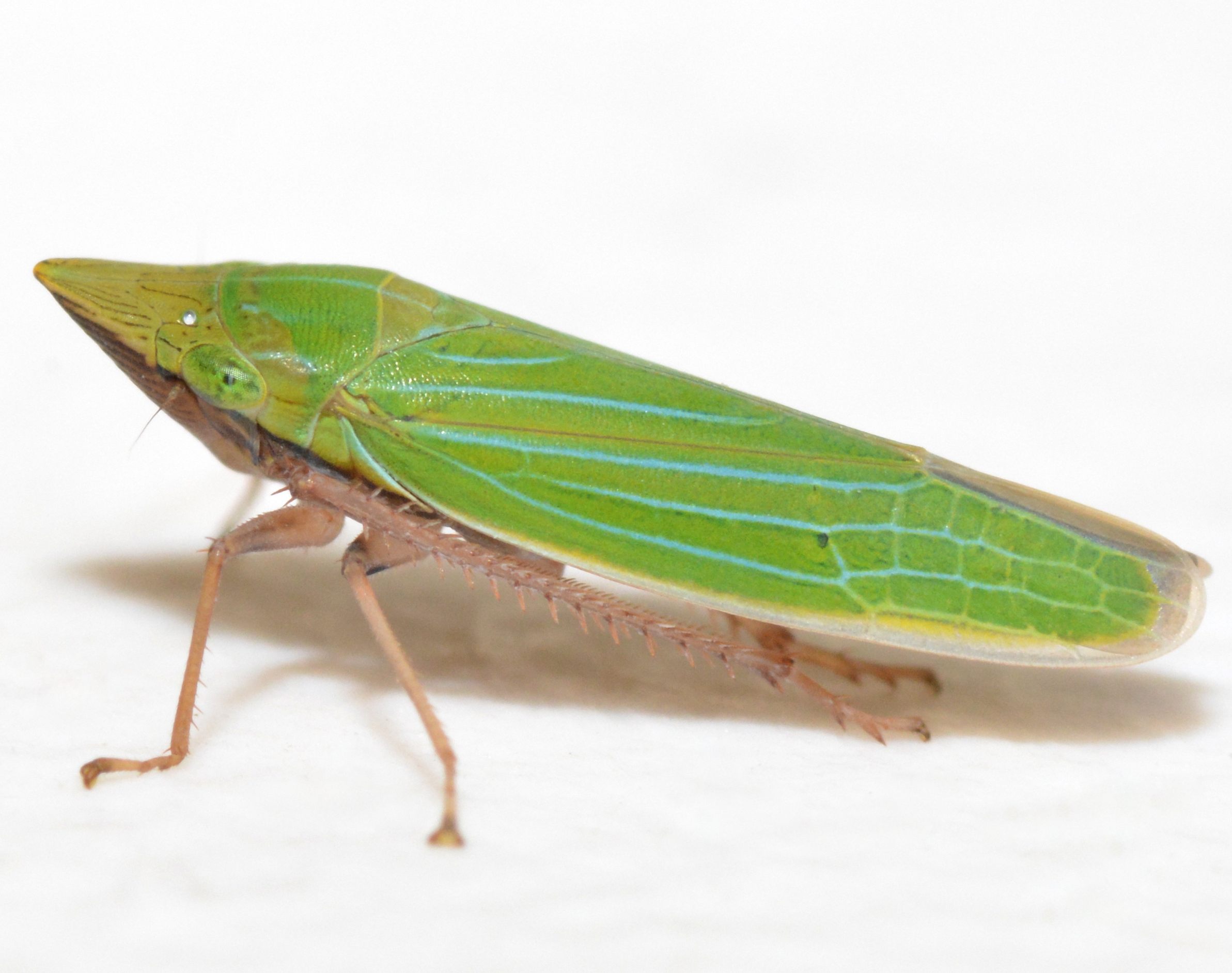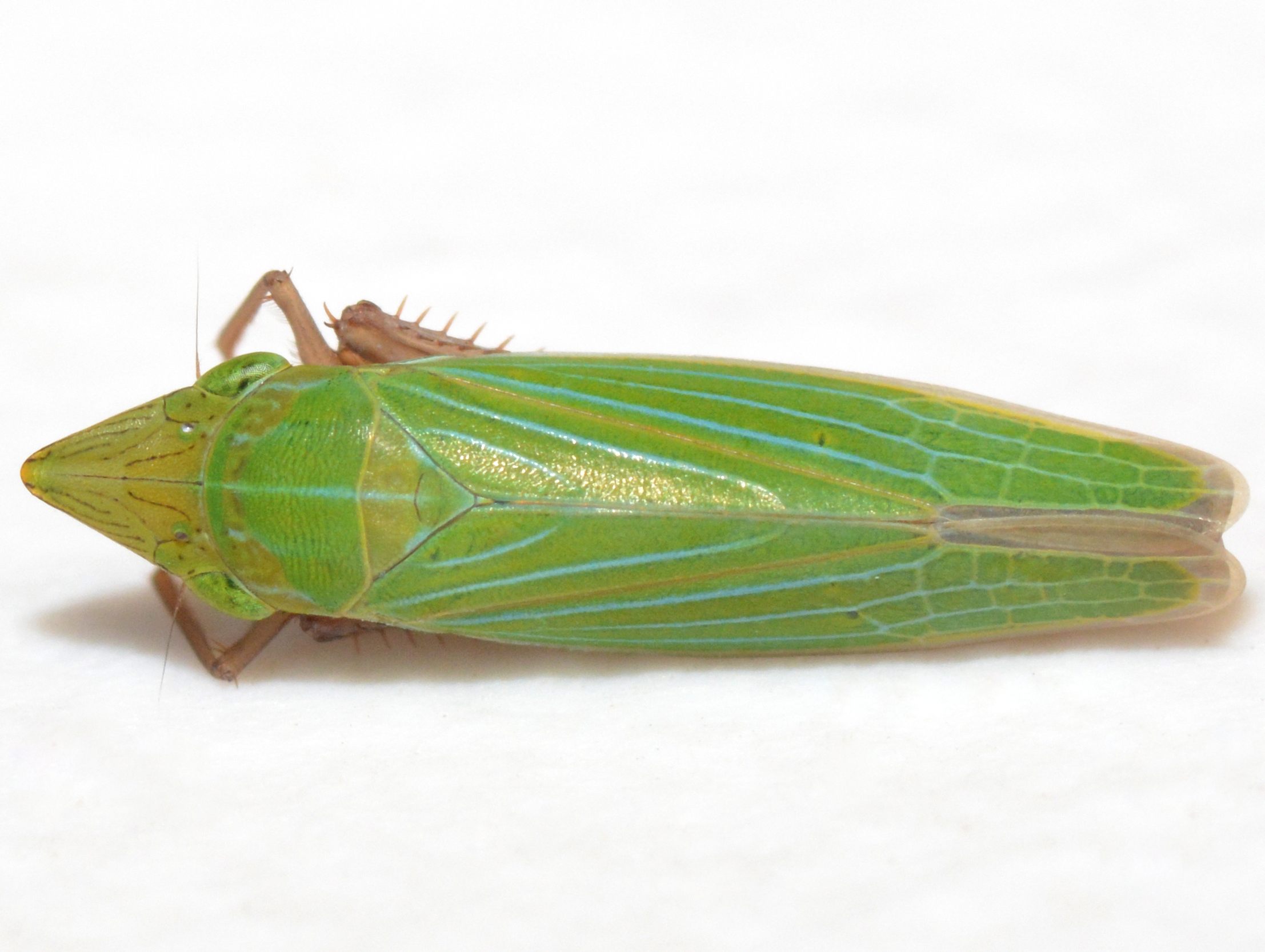| comments |
This species here includes what was formerly known as the Sharp-headed Sharpshooter (D. zeae). Dietrich noted that "the genitalia and abdominal apodemes are variable in shape, as is the coloration, even within a single local population. The characters used to separate them are at opposite ends of the range of variation and don’t seem to hold up too well if you compare hundreds of specimens across the entire geographic range. I synonymized these two species so zeae is a junior synonym of robinsoni" (C. Dietrich, pers. comments).
D. robinsoni is one of several Draeculacephala that occur in North Carolina that can be quite challenging to distinguish from each other. It is very important to make sure that detailed, clear photos are taken for many of these challenging species, showing side profile and underside shots (to determine sex). Obtaining a measurement of the specimen can also be very crucial. Below are some features that can help distinguish the challenging Draeculacephalas from one another.
antica- pale underside, face can be a little dark; forewing veins whitish. Male (6.1 or 6.3-7.7 mm), Female (6.0, 7.3-8.6 mm); head edged with bold black line; head slightly downcurved; dark brown markings on the mesosterna just behind the front coxae- these are absent in constricta, which is otherwise very similar
bradleyi- females and male have a black face (dark brown in some males), venter is pale brownish (lighter in males, darker in females). Male (less than 6.6 mm), Female (less than 8.0 mm)
constricta- lacks blue pigment on wing veins and pronotum, yellow face and venter; black line edging on side of head not as bold as antica. Male (less than 6.6mm), Female (less than 8.0 mm)
mollipes- yellow face, yellow venter; black line edging not as bold as antica. Blue pigment on some veins and usually on pronotal lines; resembles a smaller version of robinsoni. Male (less than 6.6 mm), Female (less than 8.0 mm)
portola- resembles robinsoni, but has inflated face profile; larger than most robinsoni, male (~8.1 mm), female (9.9-10.6 mm) but lacks the blue pigmentation on veins and pronotum that robinsoni has; strictly coastal, rare
robinsoni- blue pigmentation on the pronotum and forewing venation; male abdomen usually mostly dark brown ventrally; male with crown shorter than or subequal in length to pronotum, female crown noticeably longer; abdominal sterna color extremely variable, typically entirely brown with various amounts of yellow; ranges from yellowish or yellowish-brown to blackish. Males much darker ventrally than females, sometimes blackish underneath; while females can have dark faces, they are not blackish as in D. bradleyi. Males (6.5-8.2 mm), Females (8.0-10.5 mm) |
Species Photo Gallery for Draeculacephala robinsoni No Common Name |
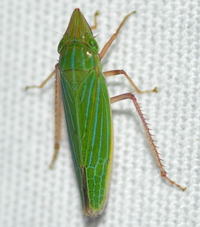 | Photo by: Kyle Kittelberger
Wake Co.
Comment: mixed hardwood forest; a southern form of a northern species, possibly a cryptic species |  | Photo by: Kyle Kittelberger, Paul Scharf
Wake Co.
Comment: tall grassy habitat |
 | Photo by: Kyle Kittelberger, Paul Scharf
Wake Co.
Comment: tall grassy habitat | 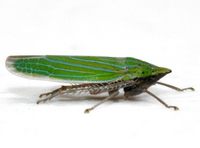 | Photo by: Kyle Kittelberger, Paul Scharf
Wake Co.
Comment: tall grassy habitat |
 | Photo by: Kyle Kittelberger, Brian Bockhahn, Paul Scharf
Vance Co.
Comment: Found in grassy field/forest edge habitat |  | Photo by: Kyle Kittelberger, Brian Bockhahn, Paul Scharf
Vance Co.
Comment: Found in grassy field/forest edge habitat |
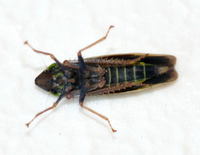 | Photo by: Kyle Kittelberger, Brian Bockhahn, Paul Scharf
Vance Co.
Comment: Found in grassy field/forest edge habitat | 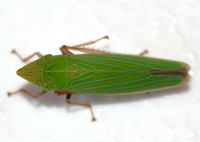 | Photo by: Kyle Kittelberger, Brian Bockhahn, Paul Scharf
Vance Co.
Comment: Found in grassy field/forest edge habitat |
 | Photo by: Kyle Kittelberger, Brian Bockhahn, Paul Scharf
Vance Co.
Comment: Found in grassy field/forest edge habitat | 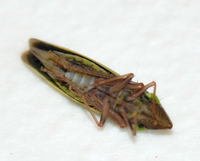 | Photo by: Kyle Kittelberger, Brian Bockhahn, Paul Scharf
Vance Co.
Comment: Found in grassy field/forest edge habitat |
 | Photo by: Paul Scharf
Warren Co.
Comment: Attracted to UV Light | 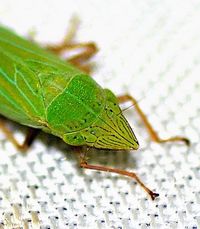 | Photo by: Paul Scharf
Warren Co.
Comment: Attracted to UV Light |
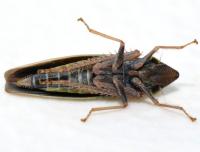 | Photo by: Kyle Kittelberger, Brian Bockhahn
Cumberland Co.
Comment: male, 7.2 mm long | 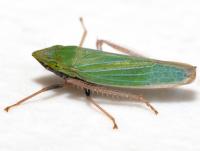 | Photo by: Kyle Kittelberger, Brian Bockhahn
Cumberland Co.
Comment: male, 7.2 mm long |
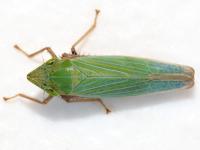 | Photo by: Kyle Kittelberger, Brian Bockhahn
Cumberland Co.
Comment: male, 7.2 mm long |  | Photo by: Kyle Kittelberger, Brian Bockhahn
Cumberland Co.
Comment: female; 9.0 mm |
 | Photo by: Kyle Kittelberger, Brian Bockhahn
Cumberland Co.
Comment: female; 9.0 mm | 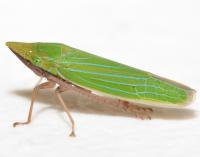 | Photo by: Kyle Kittelberger, Brian Bockhahn
Cumberland Co.
Comment: female; 9.0 mm |
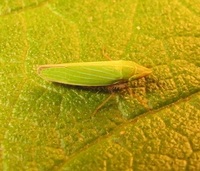 | Photo by: Ken Kneidel
Mecklenburg Co.
Comment: 8.6mm, captured during sweep through overgrown retention area in middle of athletic field | 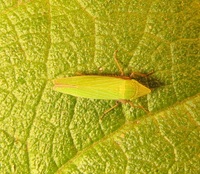 | Photo by: Ken Kneidel
Mecklenburg Co.
Comment: 8.6mm, captured during sweep through overgrown retention area in middle of athletic field |
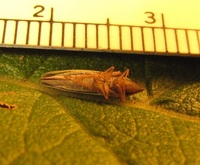 | Photo by: Ken Kneidel
Mecklenburg Co.
Comment: 8.6mm, captured during sweep through overgrown retention area in middle of athletic field | 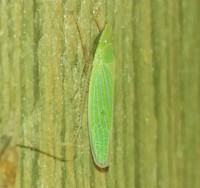 | Photo by: Amanda Auxier
Pender Co.
Comment: Came to white CFL porch light. |
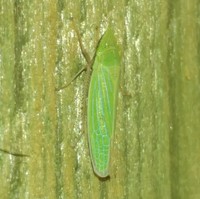 | Photo by: Amanda Auxier
Pender Co.
Comment: Came to white CFL porch light. | 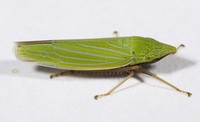 | Photo by: Rob Van Epps
Mecklenburg Co.
Comment: Caught sweeping in a grassy field. Note dark face on underside photo. |
 | Photo by: Rob Van Epps
Mecklenburg Co.
Comment: Caught sweeping in a grassy field. Note dark face on underside photo. |  | Photo by: Rob Van Epps
Mecklenburg Co.
Comment: Caught sweeping in a grassy field. Note dark face on underside photo. |
 | Photo by: Bo Sullivan
Pender Co.
Comment: females, 9.3 and 9.0 mm; photographed by K. Kittelberger |  | Photo by: Bo Sullivan
Pender Co.
Comment: females, 9.3 and 9.0 mm; photographed by K. Kittelberger |
 | Photo by: Bo Sullivan
Pender Co.
Comment: females, 9.3 and 9.0 mm; photographed by K. Kittelberger | 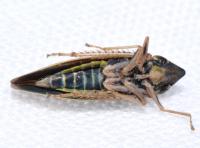 | Photo by: Bo Sullivan
Pender Co.
Comment: males- 1) 7.2 mm, 2) mm; photographed by K. Kittelberger |
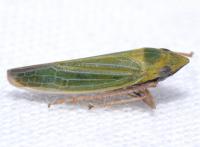 | Photo by: Bo Sullivan
Pender Co.
Comment: males- 1) 7.2 mm, 2) mm; photographed by K. Kittelberger |  | Photo by: Bo Sullivan
Pender Co.
Comment: males- 1) 7.2 mm, 2) mm; photographed by K. Kittelberger |
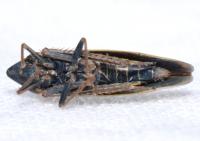 | Photo by: Bo Sullivan
Pender Co.
Comment: males, both 7.2 mm; photographed by K. Kittelberger |  | Photo by: Bo Sullivan
Pender Co.
Comment: males, both 7.2 mm; photographed by K. Kittelberger |
 | Photo by: Jim Petranka
Madison Co.
Comment: total length ca. 9.5 mm. |  | Photo by: Jim Petranka
Madison Co.
Comment: total length ca. 9.5 mm. |
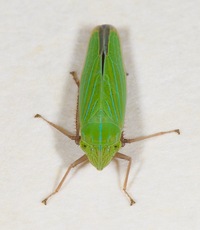 | Photo by: Jim Petranka
Madison Co.
Comment: total length ca. 9.5 mm. | 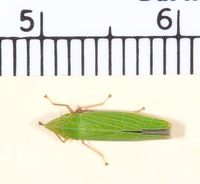 | Photo by: Jim Petranka
Madison Co.
Comment: total length ca. 9.5 mm. |
 | Photo by: Simpson Eason
Durham Co.
Comment: | 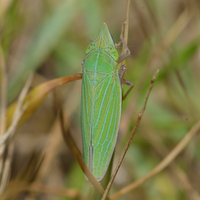 | Photo by: Margarita Lankford
Dare Co.
Comment: https://www.inaturalist.org/observations/60876892 |
 | Photo by: Margarita Lankford
Dare Co.
Comment: https://www.inaturalist.org/observations/60876892 |  | Photo by: Margarita Lankford
Dare Co.
Comment: https://www.inaturalist.org/observations/60876892 |
 | Photo by: Rob Van Epps
Mecklenburg Co.
Comment: Caught sweeping. Weedy field. |  | Photo by: Rob Van Epps
Mecklenburg Co.
Comment: Caught sweeping. Weedy field. |
 | Photo by: John Petranka
Dare Co.
Comment: | 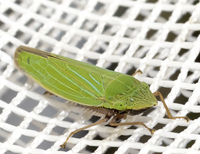 | Photo by: John Petranka
Dare Co.
Comment: |
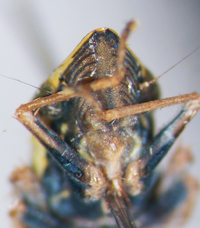 | Photo by: Bo Sullivan
Richmond Co.
Comment: male, 7.0 mm |  | Photo by: Bo Sullivan
Richmond Co.
Comment: male, 7.0 mm |
 | Photo by: Bo Sullivan
Richmond Co.
Comment: male, 7.0 mm |  | Photo by: Bo Sullivan
Richmond Co.
Comment: male, 7.0 mm |
 | Photo by: Bo Sullivan
Richmond Co.
Comment: male, 7.0 mm | 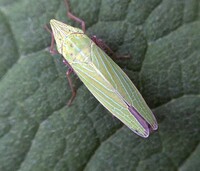 | Photo by: Ted Wilcox
Watauga Co.
Comment: unid_leafhopper |
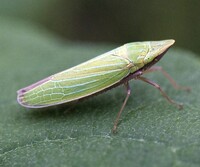 | Photo by: Ted Wilcox
Watauga Co.
Comment: unid_leafhopper |  | Photo by: Rob Van Epps
Iredell Co.
Comment: Caught sweeping in weedy field. |
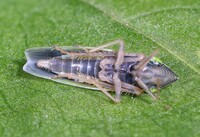 | Photo by: Rob Van Epps
Iredell Co.
Comment: Caught sweeping in weedy field. | 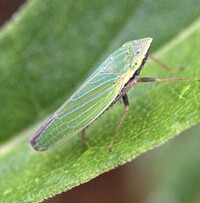 | Photo by: Ted Wilcox
Watauga Co.
Comment: unid_leafhopper |
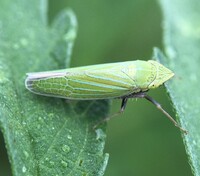 | Photo by: Ted Wilcox
Watauga Co.
Comment: unid_leafhopper |

 »
»